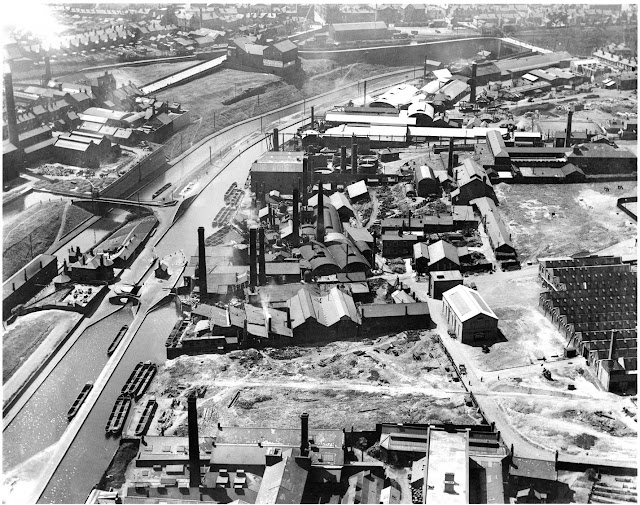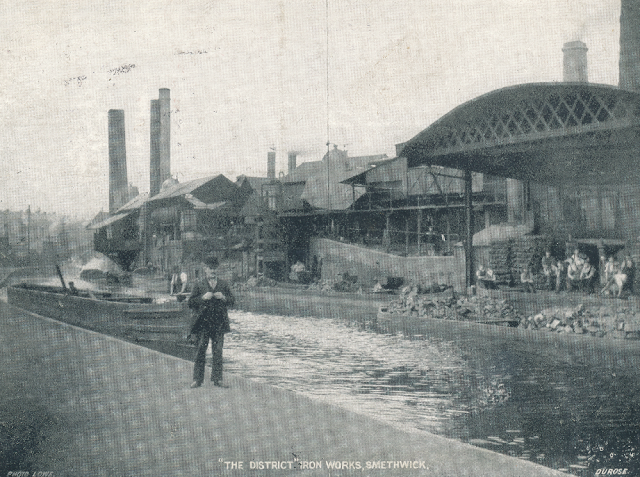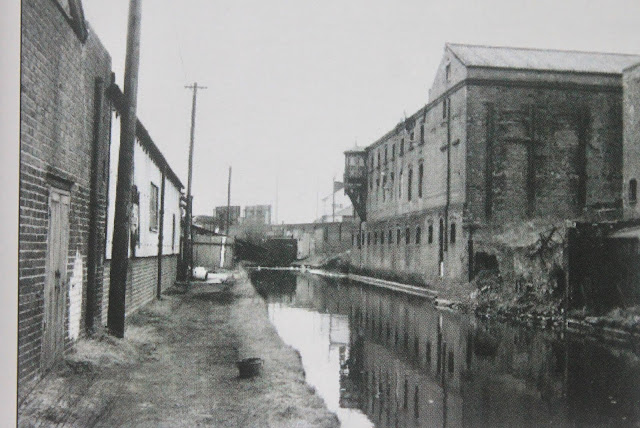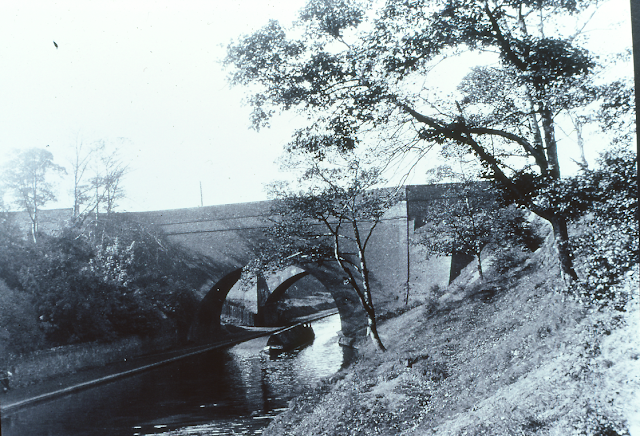Smethwick Locks to old summit
When the original Birmingham Canal was built the plan was to drive a tunnel through the hill at Smethwick, but adverse land conditions put paid to this idea.
A "Plan B" was soon hatched involving a flight of six locks on either side of the hill which clearly represented an obstacle to boats and a challenge to supply water in sufficient quantities to a very short summit pound. The fix for the water problem came in the creation of Smethwick Great Reservoir, a water source which was both shallow and leaky - so maybe not so great after all.
An addition supply of water was fed down from Titford Pools, and with a great deal of expensive back pumping from steam engines at Smethwick, the canal operated fairly well. In time the traffic grew and justified the expense of carving out the top three locks and so tapping into the extensive Wolverhampton as a huge summit pound.
Spon Lane Locks to old summit
While the summit was being lowered by John Smeaton, the Birmingham Canal also installed a second flight of locks, thus boosting capacity. The three locks you see at Smethwick today are the newer flight and Brindley's older ones to the north were removed when trade dwindled.
Today you see the Old Main Line following Smeaton's lowered summit alongside Teford's New Main Line. And if you look up the bank you will see a further "ledge" which is a reasonable representation of the height of the original summit.
Duplicated Smethwick Locks with toll house removed
Smethwick Locks 1957 (Arthur Watts)
Smethwick old bottom lock (Brindley original) in 1973 - Hugh Potter
Bindley's old locks filled in (left) Mid -1970's
Duplicated Top Locks at Smethwick
The abandoned Smethwick Great Reservoir
Rotton Park Reservoir - source of the summit level water
The Engine Arm
Smethwick Pumping Engine
Tar Boat on the Old Main Line near Galton Bridge
Horse Boat emerging from Spon Lane Locks BCNS Archive
The above photos have been assembled from various sources, including those freely found on the internet. My thanks go to the many photographers alive and dead who have contributed to this collection and in so doing, are keeping the memory of these lost canals alive. These images are reproduced for ease of research are are not necessarily the property of this blog, and as such should not be used for commercial gain without the explicit permission of the owner (whoever that may be).





































































No comments:
Post a Comment